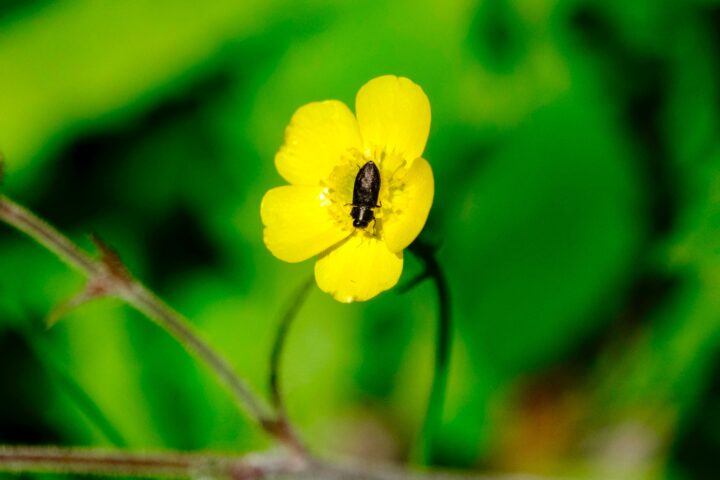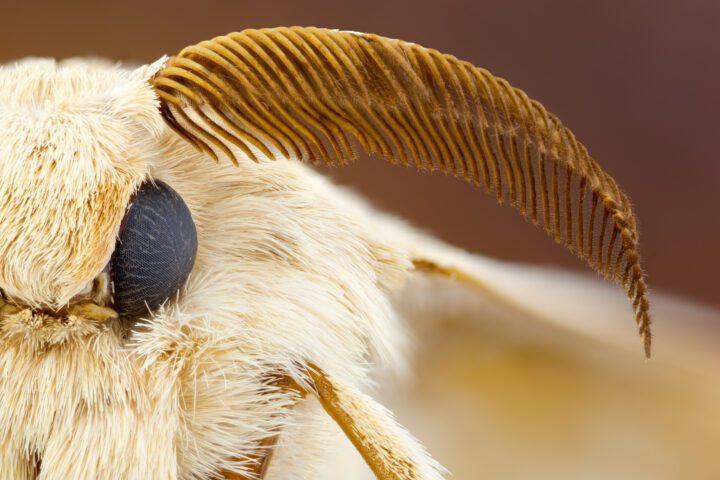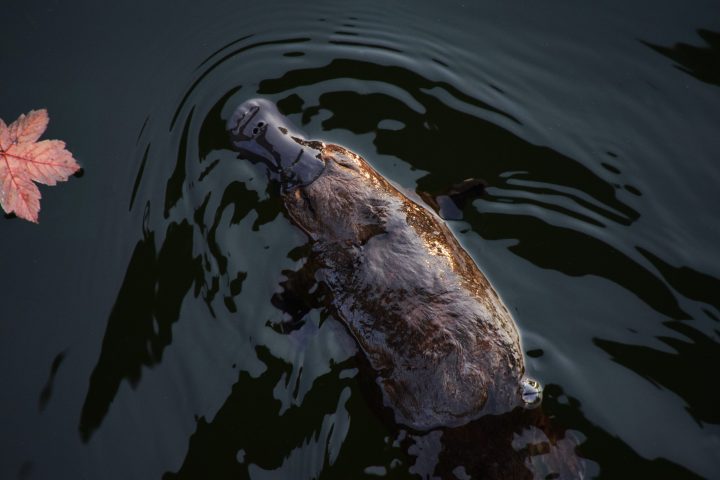Stinging cells of sea anemones effectively target prey using a combination of physical and chemical cues.
Introduction
Sea anemones are soft, spineless marine animals that mostly stay attached to underwater surfaces. An anemone resembles an upside-down jellyfish: they have a stout cylindrical body topped with a circular array of tentacles surrounding the mouth. Anemones feed and defend themselves with their tentacles, which contain numerous stinging cells called cnidocytes. A hair-like trigger projects from the cnidocyte, and when this trigger is touched, the stinging cell ejects a tiny toxin-filled or sticky harpoon (called a cnida or nematocyst) into the offending object. While cnidocytes are typically triggered by physical touch, a blind and immobile anemone can differentiate between a falling inedible pebble and swimming tasty prey.
The Strategy
In the striped anemone, Diadumene lineata, the tentacles specialized for capturing prey are sensitive to specific chemicals that prey produce. For instance, small prey animals like crustaceans and fish are covered in a thin layer of mucus. This mucus contains specific molecules recognized by chemical-sensing cells (chemoreceptors) in the anemone’s tentacles. When mucus activates the chemoreceptors, this triggers a series of cellular activities in and around the cnidocyte that eventually cause the hair-like trigger to lengthen. This lengthening causes the hair to vibrate, or resonate, more readily at lower frequencies, much like how longer strings in a piano play lower notes. The hair-like trigger seems to become more sensitive to lower-frequency movements that match the frequencies at which small prey swim. In the absence of mucus, the hair-like trigger is normally sensitive to higher-frequency movements. The anemone’s chemoreceptors thus fine-tune how cnidocytes respond to physical touch. Cnidocytes are more likely to fire when the object moving through the tentacles is a mucus-covered swimming prey.
To learn more about how cnidocytes fire in a related stinging creature, check out this related strategy.
Nematocyst Animation
This video animation from Shape of Life depicts the firing of nematocysts in the tentacles of an anemone.









